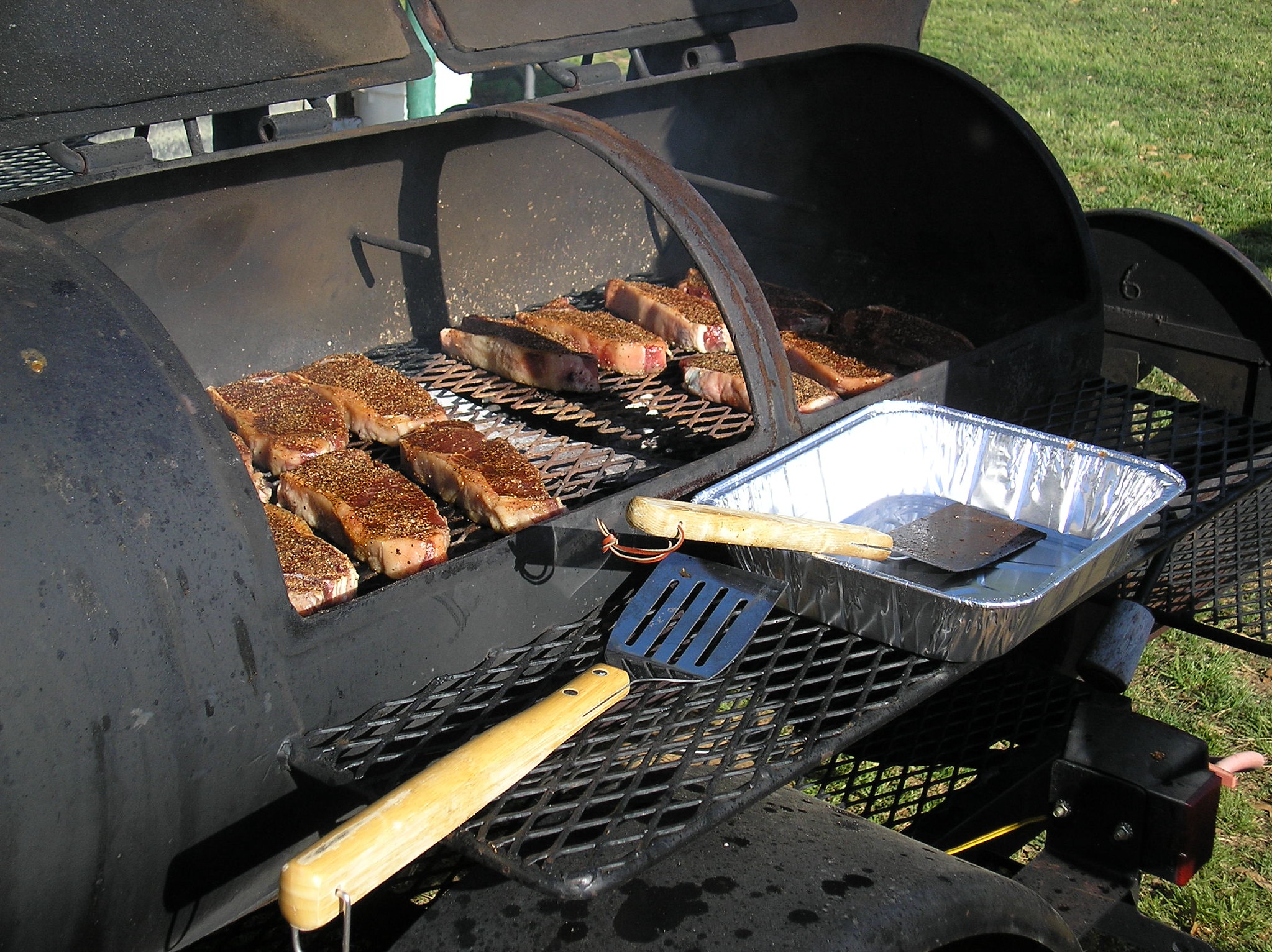The K-State Meat Demand Monitor evaluates how consumers prepare beef steaks, pork chops and chicken breasts
Every family has a designated “grill master” that serves tasty steaks and chops on weekends and holidays. Each of them approaches grilling differently, and within households, the same goes for how they make beef steaks, pork chops and chicken breasts.
A survey in the June 2024 Kansas State University Meat Demand Monitor said that a certain chef’s outlook on these products influences how they prepare them before grilling and consumption.
“We – as a country – consume a lot of beef steaks, pork chops and chicken breasts, but the at-home efforts to prepare them and make the most of those proteins differ,” K-State livestock economist Glynn Tonsor said.
Consumers view external and intramuscular fat differently between the three species. For example, people think of beef fat equating to more flavor, while simultaneously selecting chicken on leanness for health reasons. Tonsor said this contrast affects their purchasing habits.
“About 42% of respondents say – on beef steaks specifically – ‘Yes, I intentionally buy something with more fat.’ Conversely, less than 30% say yes to the same question when asked about pork chops and chicken breasts,” he said.
Besides fat content, the questionnaire also asked people if they prepared their meat by letting products sit at room temperature for 30 minutes before cooking. That practice is believed to add juiciness and aids in cooking the cut more evenly..
“The prevalence of that is greater for beef steaks as well. Almost half of our respondents said they did that,” Tonsor said. “More like 40% said they did that with pork chops and chicken breasts.”
More than three-fourths of respondents said that they usually add salt, pepper or other seasonings to all three protein products.
“That is probably the easiest, most basic preparation. It is very common, and folks told us they practice that regardless of what proteins they are throwing on the grill,” Tonsor said.
Beyond seasoning, Tonsor observed differences in the cuts of meat in which consumers added barbecue and other sauces to before or during cooking.
“It is much more common (to add sauces) on chicken breasts. Over half of the folks surveyed said ‘Yes, we do that to our chicken breast.’ Less than 40% of people said, ‘Yes, we do that to our pork chops and our beef steaks.’”
Another question asked within the survey included “Do you pat the product dry before cooking?” About 50% of people said they usually dry their meat across all three products, which can enhance the color and taste of a cut.
Ultimately, producers and processors can use the information found in this survey to get more in touch with the consumer, according to Tonsor.
“The better we understand what folks are doing at home, the better we can understand why demand differs across these products and across households,” he said.
PHOTO: K-State livestock economist Glynn Tonsor says the five most common meat preparation practices reported by consumers are intentionally buying cuts with more fat, letting a product sit before cooking, patting meat dry, adding seasonings and applying sauces. (K-State Research and Extension news service)


